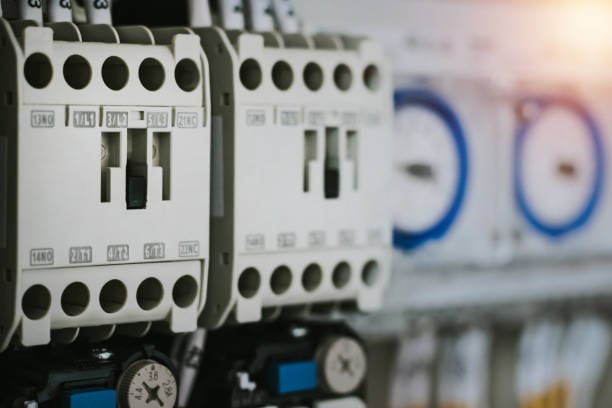The Basics of AC and DC Miniature Circuit Breakers
AC (alternating current) and DC (direct current) are two different types of electrical current commonly used in various applications. Miniature circuit breakers are essential components in electrical systems that protect against overcurrent and short circuits. While both AC and DC miniature circuit breakers serve the same purpose, there are significant differences between the two in terms of their construction, operation, and applications.
Construction Differences
AC and DC miniature circuit breakers differ in construction due to the unique characteristics of each current type. AC circuit breakers are built to handle the frequent changes in current direction that occur with alternating current. They consist of an electromagnet and a bimetallic strip that respond to changes in current flow, causing the circuit breaker to trip and interrupt the circuit when necessary.
On the other hand, DC circuit breakers are designed for the steady flow of current in one direction. They typically employ a magnetic coil and a solenoid to detect overcurrent conditions and trip the breaker. The construction of DC circuit breakers allows for better control and protection in DC systems.
Operational Differences
The operational differences between AC and DC miniature circuit breakers are primarily related to the way they detect and interrupt faults in electrical circuits. AC circuit breakers rely on the zero-crossing of the AC waveform to safely interrupt the circuit. They provide protection against overcurrents and short circuits by detecting the zero-crossing point and opening the circuit when necessary.
DC circuit breakers, on the other hand, do not have a zero-crossing point to rely on. Instead, they use a combination of magnetic and thermal mechanisms to detect and interrupt faults. The magnetic coil detects overcurrent conditions, while the thermal mechanism responds to excessive temperature rises. This dual mechanism allows DC circuit breakers to provide efficient protection in DC systems.
Applications and Usage
The choice between AC and DC miniature circuit breakers depends on the specific application and the type of electrical system being used. AC circuit breakers are primarily used in residential, commercial, and industrial applications where AC power is the predominant source. They are commonly found in distribution panels, switchboards, and various electrical devices.
DC circuit breakers, on the other hand, find their application in systems that utilize direct current, such as solar power systems, battery storage systems, and electric vehicle charging stations. These circuit breakers are designed to handle the unique characteristics of DC current and provide reliable protection in DC circuits.
Advantages and Limitations
Each type of miniature circuit breaker has its own advantages and limitations. AC circuit breakers are widely available, cost-effective, and can handle high currents. They are suitable for most applications and offer reliable protection against overcurrents and short circuits in AC systems.
DC circuit breakers, on the other hand, offer better control and protection in DC systems. They can effectively interrupt the flow of direct current and provide enhanced safety. However, DC circuit breakers are generally more expensive and less commonly used compared to AC circuit breakers due to the prevalence of AC power in most applications.
Considerations for Circuit Breaker Selection
When selecting between AC and DC miniature circuit breakers, it is important to consider several factors. The type of electrical system, the maximum current rating required, the voltage level, and the specific application requirements all play a crucial role in determining the appropriate circuit breaker.
Additionally, it is essential to ensure that the chosen circuit breaker complies with relevant safety standards and regulations. Proper sizing, installation, and maintenance of miniature circuit breakers are necessary to ensure their reliable operation and optimal protection in electrical systems.
In Conclusion
In summary, AC and DC miniature circuit breakers differ in construction, operation, applications, advantages, and limitations. AC circuit breakers are designed for alternating current and can handle high currents, while DC circuit breakers are specifically built for direct current systems. The choice between the two depends on the specific electrical system and application requirements. Understanding the differences between AC and DC miniature circuit breakers is vital for selecting the appropriate circuit protection in different electrical systems.

